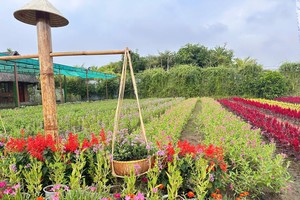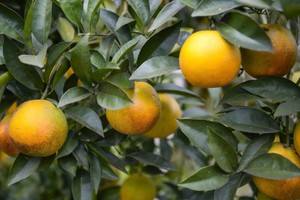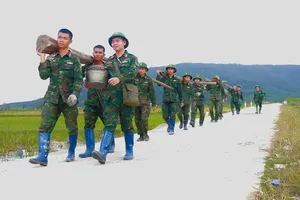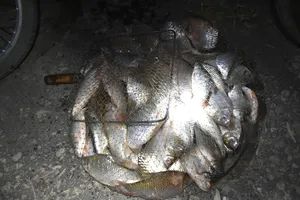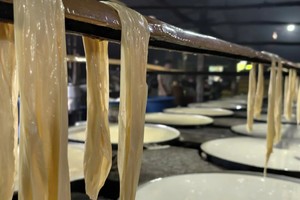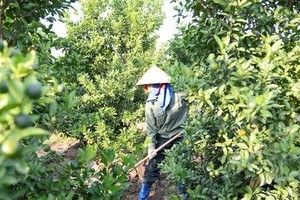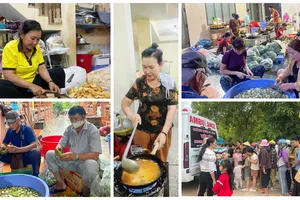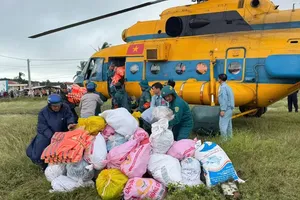Son Tra Peninsula, about 10km from the center of Da Nang City, is home to a population of 1,300 red-shanked douc langurs thanks to the area’s suitable living environment.
Images of troops of red-shanked douc langurs swinging from tree to tree with the sea city landscape in the background have attracted many photographers and tourists.
Visitors usually ride a motorcycle at slow speed on the winding path leading to the peninsula to see and hear the sound of crashing branches and animals moving on, their behavioral and vocal interaction.
Son Tra Peninsula is home to the population of red-shanked douc langurs. At present, Son Tra is strictly protected to stabilize the biodiversity and ecosystem for the conservation of red-shanked douc langurs. It is a typical model of biodiversity conservation activities in the region.
 |
Son Tra Peninsula |
Professional and amateur photographers often visit Son Tra Peninsula in the early morning and in the twilight to take beautiful pictures of langurs.
Ms. Deutch Elke, an expert of the Endangered Primate Rescue Center under the Cuc Phuong National Park in Ninh Binh province said that the Central and Central Highlands region have many biodiversity areas and are wildlife trade hotspots.
Red-shanked douc langur is shier than rhesus monkeys (Macaca mulatta). Visitors are required to stay at a minimum distance of 500 meters from the animals and see them through binoculars.
 |
A winding path leading to the peninsula |
 |
| Red-shanked douc langurs often seek food on the Than mat (Millettia ichthyochtona) trees. |
A red-shanked douc langur has a tuft of white hair. The legs are maroon below the knees, and the forearms are white. They often seek food on the Than mat (Millettia ichthyochtona) trees.
Red-shanked douc langurs live in familiar groups and troops with 5-7 individuals in each herd.
From 4-5 p.m., rhesus monkeys (Macaca mulatta) often flock to roads in Son Tra Peninsula to seek food from tourists who often feed monkeys.
The interdisciplinary inspection team, including management boards of the Son Tra Peninsula and Da Nang’s beaches, and the Da Nang Forest Protection Department has called local people and visitors to prevent actions that have badly affected the lives of the primates in the reserve.
 |
| Professional and amateur photographers often visit Son Tra Peninsula in the early morning and in the twilight to take beautiful pictures of langurs. |
 |
| Ms. Deutch Elke, an expert of the Endangered Primate Rescue Center under the Cuc Phuong National Park in Ninh Binh province |
 |
| Visitors are required to stay at a minimum distance of 500 meters from the animals and see them through binoculars. |
 |
| Than mat (Millettia ichthyochtona) trees |
 |
| Red-shanked douc langurs live in familiar groups and troops. |
 |
| Rhesus monkeys (Macaca mulatta) often gather on streets to beg for food from visitors in Son Tra Peninsula. |
 |
Da Nang calls for more actions to protect red-shanked douc langurs. |
 |
| Tourists learn about wild animals through their footprints at the community house at the foot of Son Tra peninsula at 70 Ly Tu Tan Street in Son Tra District. |
By Xuan Quynh – Translated by Kim Khanh
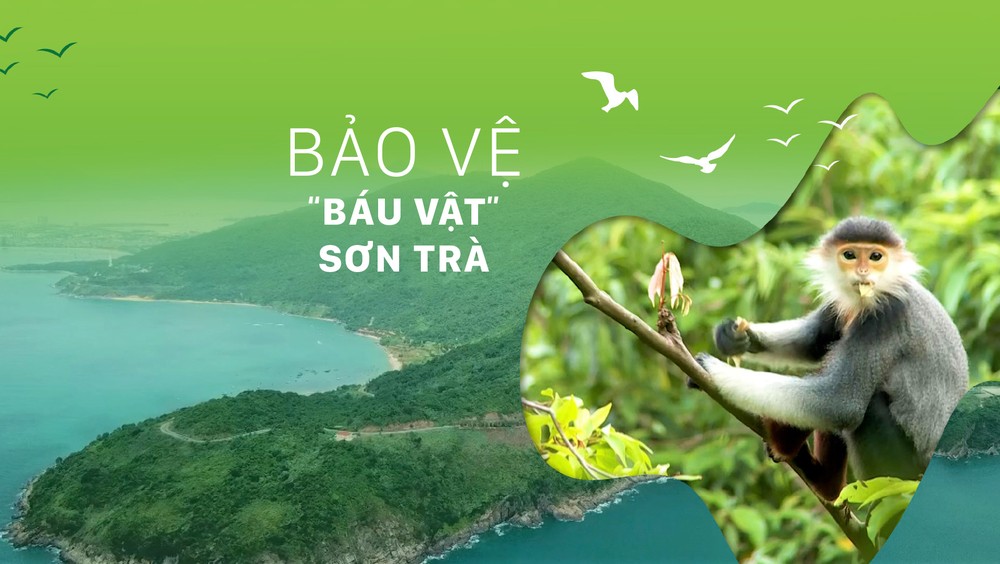
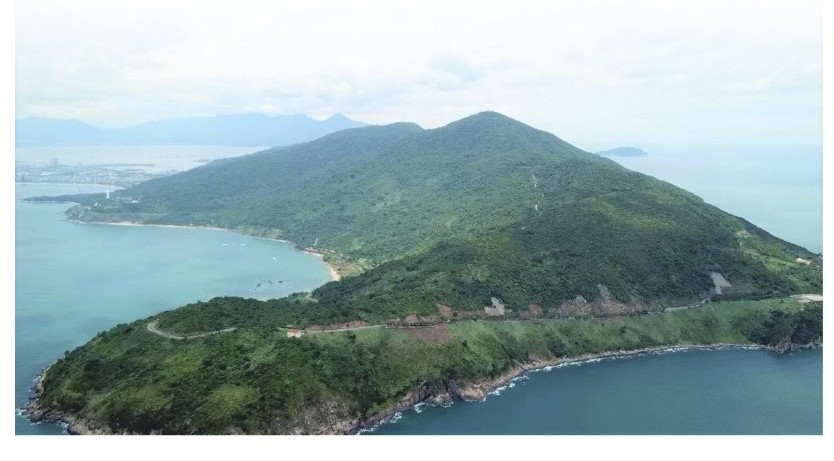
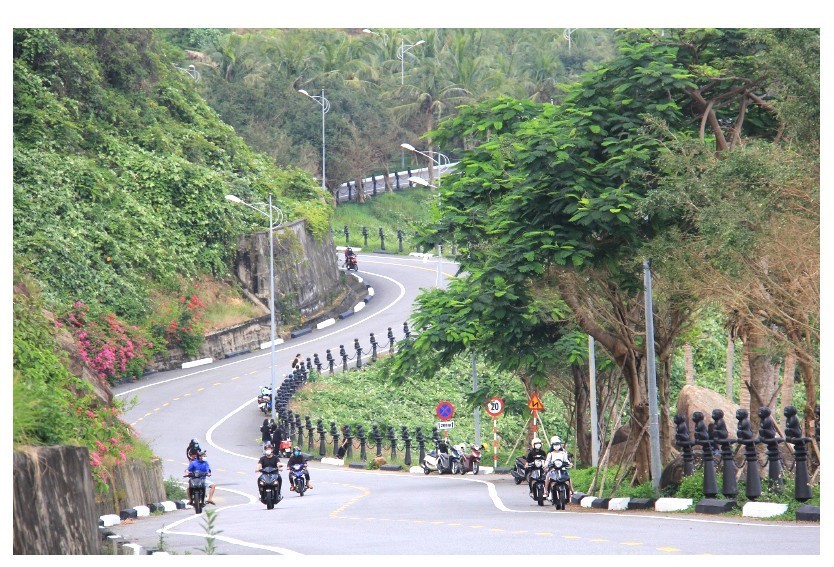
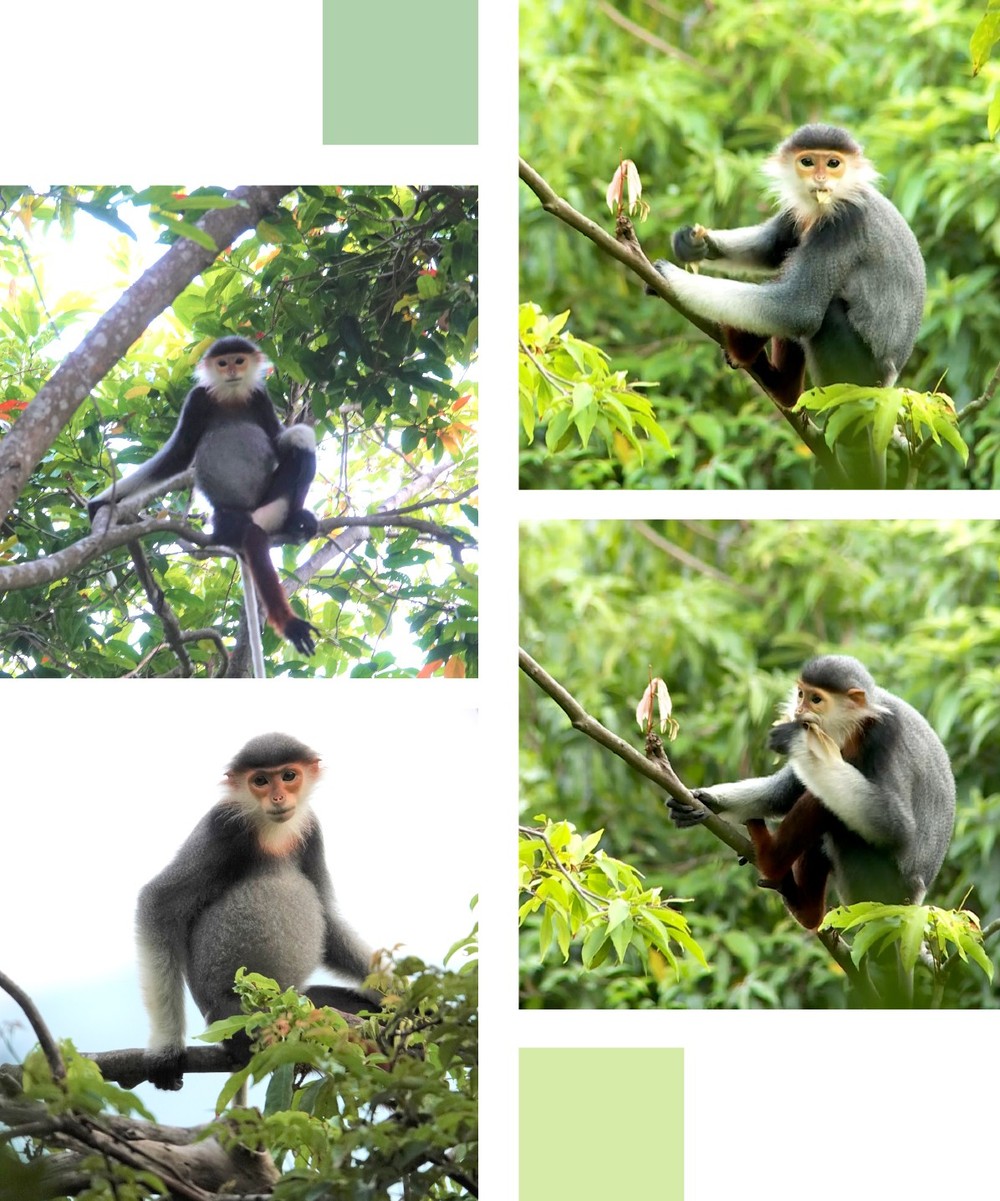



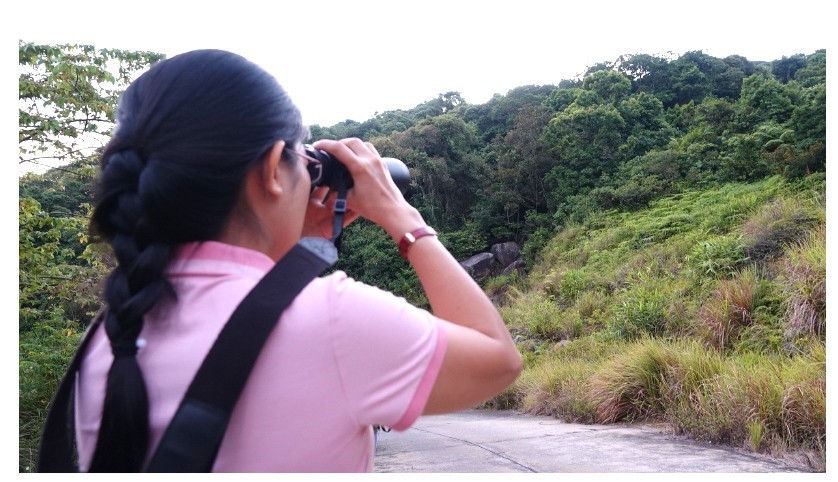

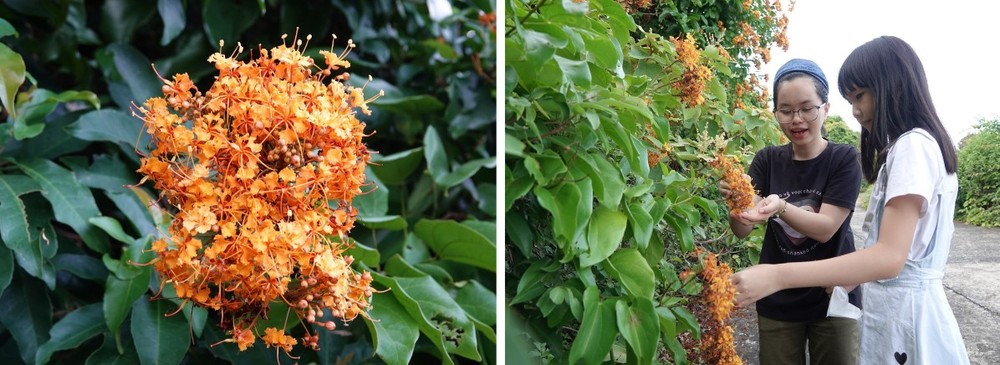
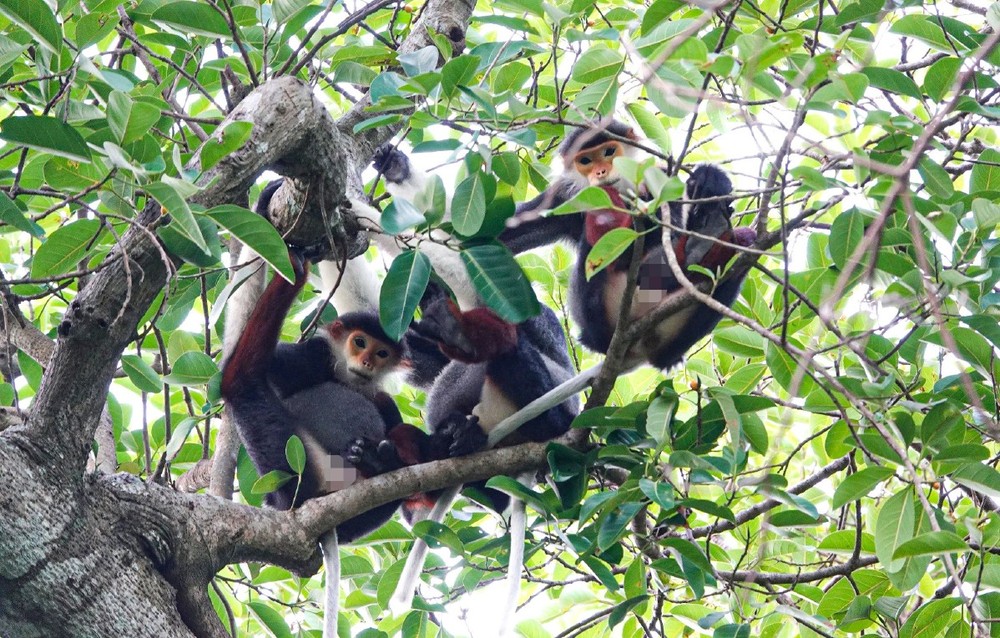
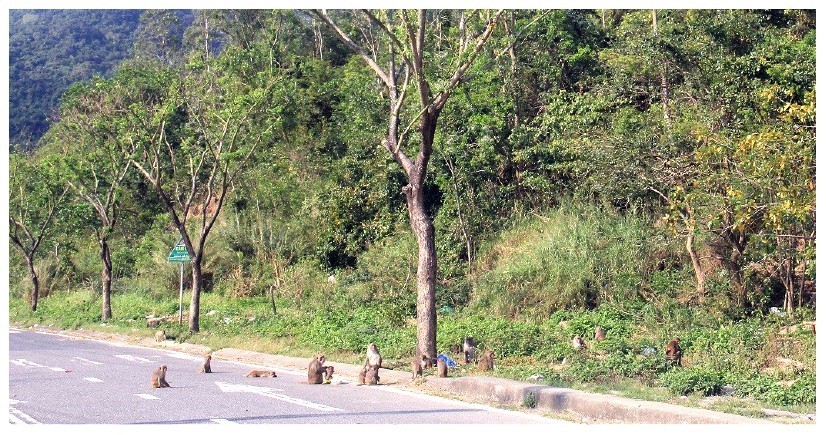


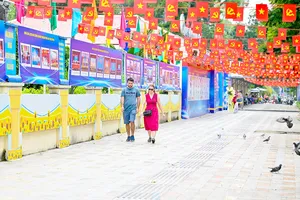
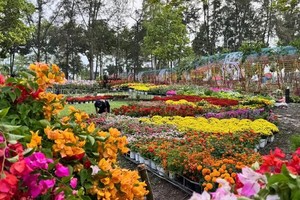

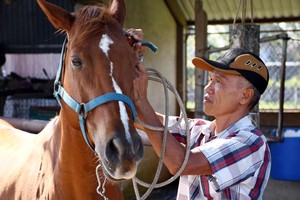

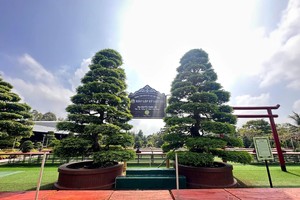


)
